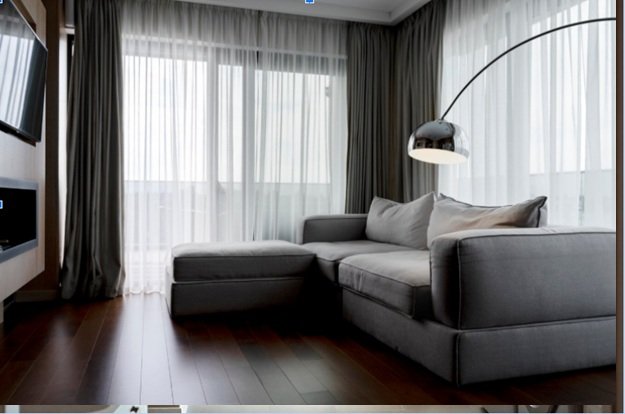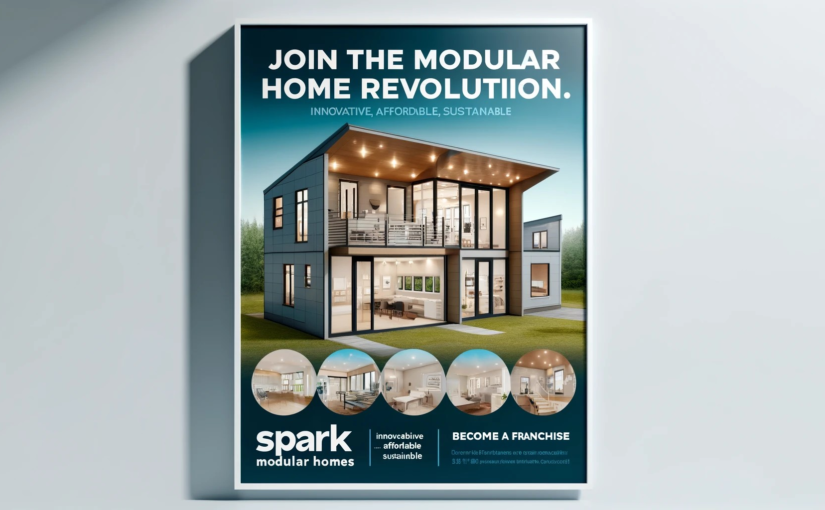Home renovation projects can quickly become overwhelming without proper organization and planning. Many homeowners start with great intentions but find themselves facing budget overruns, extended timelines, and frustrating setbacks that could have been avoided.
The difference between successful and failed renovations comes down to preparation. Without a clear checklist, even well-intentioned home improvement projects spiral into chaos, leaving homeowners frustrated, over-budget, and living in construction zones for months longer than necessary. With thoughtful planning in home design and interior design, you can ensure smooth execution, significant cost savings, and long-term satisfaction with your renovated space.
This comprehensive guide will walk you through a practical, easy-to-follow checklist of must-have essentials for a successful renovation. Whether you’re planning a complete home makeover or tackling specific rooms, these insights will help you navigate the renovation maze like a seasoned pro.
Planning Your Renovation: Setting the Foundation
Why Planning Matters
Here’s a sobering truth: lack of proper planning is the number one reason renovation projects fail spectacularly. Without a roadmap, homeowners often find themselves making expensive last-minute decisions, dealing with project delays, and watching their carefully saved renovation funds disappear into unexpected costs.
The benefits of thorough planning extend far beyond just staying on budget. Well-planned renovations deliver remarkable time efficiency, allowing you to complete projects faster and with fewer disruptions to your daily life. You’ll maintain better budget control, knowing exactly where every dollar is going, and you’ll experience significantly fewer those dreaded “surprise” moments that can derail entire projects.
Key Planning Essentials
Budgeting Wisely Your budget isn’t just a number—it’s your renovation lifeline. Start by determining your total available funds, then immediately set aside 10-15% as a buffer for unexpected expenses. Trust me, these surprises aren’t “if” scenarios—they’re “when” scenarios. Whether it’s discovering outdated wiring that needs updating or finding water damage behind bathroom tiles, every renovation has its curveballs.
Setting a Timeline Realistic deadlines are your best friend in renovation planning. Break your project into distinct phases: demolition, structural work, installation, and finishing touches. Remember, good work takes time, and rushing often leads to costly mistakes. A kitchen renovation might take 6-8 weeks, while a full home makeover could span several months.
Defining Priorities Not all rooms are created equal when it comes to renovation impact. Kitchens and bathrooms typically offer the highest return on investment, while living spaces provide the most immediate lifestyle improvements. Decide which areas need attention first based on your family’s needs, budget constraints, and long-term goals.
Designing with Purpose: Blending Style and Function
Understanding Home Design vs. Interior Design
Many homeowners use these terms interchangeably, but understanding the distinction can save you both time and money. Home design focuses on structural and layout changes—think removing walls to create open concepts, upgrading flooring throughout the house, or installing new electrical systems. For instance, if you’re considering a switchboard upgrade in Auckland, this falls under home design as it involves your home’s fundamental infrastructure.
Interior design, on the other hand, deals with aesthetics and functionality within existing spaces. This includes selecting color schemes, choosing furniture, arranging layouts, and adding decorative elements that reflect your personal style.
The magic happens when both work together seamlessly. A successful renovation integrates structural improvements with thoughtful interior design choices to create a cohesive, functional, and beautiful result.
Must-Have Design Essentials
Lighting Upgrades Never underestimate the transformative power of proper lighting. Natural light should be maximized wherever possible—consider larger windows, skylights, or glass doors. For artificial lighting, think in layers: ambient lighting for general illumination, task lighting for specific activities, and accent lighting to highlight architectural features or artwork.
Storage Solutions In our increasingly cluttered world, smart storage isn’t luxury—it’s necessity. Built-in solutions maximize space efficiency, while multipurpose furniture serves double duty. Consider window seats with hidden storage, ottomans that open for blanket storage, or custom closet systems that make every inch count.
Sustainable Materials Today’s homeowners are increasingly conscious of their environmental impact. Energy-efficient appliances not only reduce your carbon footprint but also deliver long-term savings on utility bills. Eco-friendly paints improve indoor air quality, while sustainable flooring options like bamboo or reclaimed wood add character while supporting environmental responsibility.
Pro Tip: Before making any major purchases, create mood boards or use design software to visualize how different elements work together. This simple step can prevent costly mistakes and ensure cohesive design throughout your space.
Room-by-Room Renovation Checklist
Kitchen Essentials
The kitchen is often called the heart of the home, and for good reason. Modern cabinetry with smart storage solutions—think pull-out drawers, corner lazy Susans, and vertical dividers—can dramatically improve functionality. Durable countertops like quartz or granite withstand daily use while maintaining their beauty for years.
Don’t overlook the importance of energy-efficient appliances. While the initial investment might be higher, these upgrades pay dividends through reduced energy costs and improved performance. Look for ENERGY STAR ratings and consider induction cooktops, convection ovens, and smart refrigerators that can actually help reduce food waste.
Bathroom Essentials
Bathrooms face unique challenges with moisture, ventilation, and safety. Water-saving fixtures like low-flow toilets and efficient showerheads reduce environmental impact without sacrificing performance. Adequate ventilation prevents mold and moisture damage—invest in high-quality exhaust fans that can handle your bathroom’s square footage.
Safety should never be an afterthought. Slip-resistant flooring, grab bars (which can be stylishly integrated), and proper lighting around mirrors create a safer environment for family members of all ages.
Living & Bedroom Essentials
Open layouts continue to dominate modern home design, creating better flow and making spaces feel larger. However, don’t sacrifice all privacy for openness—consider partial walls, room dividers, or strategic furniture placement to define spaces while maintaining connection.
When selecting furniture, ensure it aligns with your overall interior design theme. Consistency in style, color palette, and scale creates harmony throughout your home. Don’t forget about noise insulation, especially in bedrooms or home offices where quiet is essential. Another often-overlooked aspect of maintaining living spaces is protecting soft furnishings and rugs from long-term damage.
Simple preventive steps like professional cleaning or carpet moth treatment can extend the lifespan of your interior investments, keeping your newly renovated rooms not only beautiful but also resilient against hidden wear and tear.
Optional Add-on: Outdoor Space Upgrades Extending your renovation to outdoor spaces—patios, gardens, or balconies—creates additional living areas and can significantly increase your home’s value. Consider weather-resistant materials, outdoor lighting, and landscaping that complements your home’s architectural style.
Working with Professionals vs. DIY
Pros of Hiring Experts
Professional contractors bring invaluable expertise in handling permits, building codes, and complex installation tasks. They understand the intricacies of systems like plumbing, electrical, and HVAC that can be dangerous for untrained individuals to tackle. For specialized services—perhaps you need Floristique design consultation for your garden renovation or professional carpet moth treatment for antique rugs—experts deliver results that DIY simply cannot match.
Beyond technical skills, professionals save you significant time and ensure a polished, professional finish that adds genuine value to your home.
When DIY Makes Sense
Not every aspect of renovation requires professional intervention. Painting walls, installing simple shelving, or updating décor elements are perfect DIY projects. These tasks allow you to inject personal creativity while keeping costs manageable.
DIY projects work best when you have adequate time, patience, and basic skills. They’re also ideal for homeowners who enjoy hands-on work and want to learn new skills during the renovation process.
Hybrid Approach
The smartest renovators often choose a hybrid approach, combining professional expertise for complex tasks with DIY elements for personalization and cost savings. You might hire professionals for electrical work, plumbing, and major structural changes, while handling painting, decorating, and simple installations yourself.
This approach delivers the best of both worlds: professional quality where it matters most, combined with the satisfaction and savings that come from personal involvement in your home’s transformation.
Conclusion
Successful home renovation isn’t about having unlimited budgets or professional design skills—it’s about having a clear, comprehensive checklist that guides every decision from initial planning through final touches. The essentials we’ve covered—thoughtful planning, purposeful design integration, room-specific considerations, and strategic decisions about professional versus DIY work—form the foundation of renovation projects that truly transform lives.
Remember, renovation is never just about updating a house. It’s about creating a personalized, functional, and inspiring home that reflects your family’s needs, values, and dreams. With proper planning, realistic expectations, and attention to both form and function, your renovation journey can be not just successful, but genuinely enjoyable.
The homes that bring the greatest joy are those that seamlessly blend practical functionality with personal expression—spaces that work beautifully for daily life while telling the unique story of the people who call them home.






